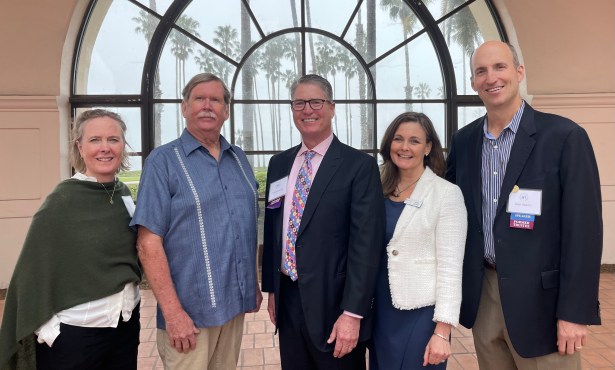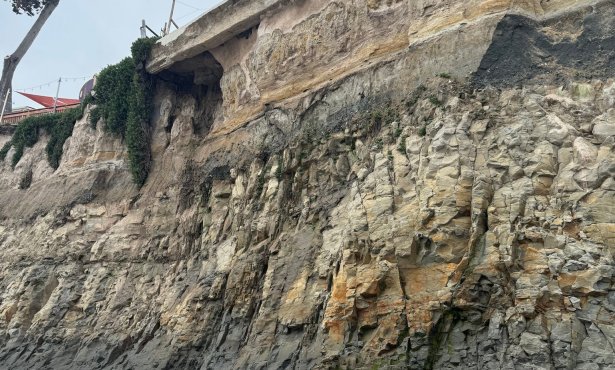The Last Frontier
At the Corridan Gallery, through February
26.
 It’s unlikely that the
It’s unlikely that the
photographers of the late-19th-century American West, who braved
uncharted territories to capture the natural beauty of its
expansive wilderness, could have imagined the extent of its
inevitable urbanization. Although photographers such as William
Henry Jackson and Carlton Watkins certainly understood that the
taming of the West was unavoidable, they probably never would have
guessed that by the turn of the next century, the last large
reserves of uninhabited nature would lie in the wilderness of
Alaska.
Jeff Jones continues their tradition of pioneering wilderness
landscape photography in the series of photographs of the Arctic
Natural Wildlife Refuge (ANWR) that makes up his current
exhibition, A Wilderness Worth Saving. The format of the
photographs has evolved from gelatin silver prints to digitally
produced gicl`e prints, and at the same time the purpose of the
pictures has also evolved. With large oil-mining industries taking
over much of the Arctic Coast, Jones now feels an obligation to
address the impact of such development on the land. Through his
investment in the subject matter, the contemporary naturalist
photographer takes on the role of environmentalist.
But first and foremost, it is clear that Jones’s main objective
is to make an aesthetic journey with his photographs. Hiking into
remote areas of ANWR, Jones is privy to worlds that resist sharing
their secrets. Sharp, focused images of winter ground foliage in
“Tundra Close Up” reveal the tenacity and pattern of the natural
world. On the other end of the spectrum, his large-scale photos of
wilderness stretching miles across the pristine landscape hold
their own mysterious surprises. In “Fall’s Red Brushstrokes,”
imposing mountainsides hide in cloaks of misty haze, while fields
of vibrant color shroud an abundance of wildlife below. By taking
quick, consecutive images of the same view, Jones reveals its
panoramic vastness in a way that it would seem only the naked eye
could behold. The effect is a painterly vision of the refuge that
captures the scale and overwhelming monumentality of the scene, and
echoes the naïve idealism found in earlier portraits.
That the exhibition opens on the exact day of the 37th
anniversary of the Union Oil Company oil spill off of the Santa
Barbara coast is no coincidence; Jones’s photographs are a palpable
reminder of how precious our resources are — and how quickly they
can disappear.



